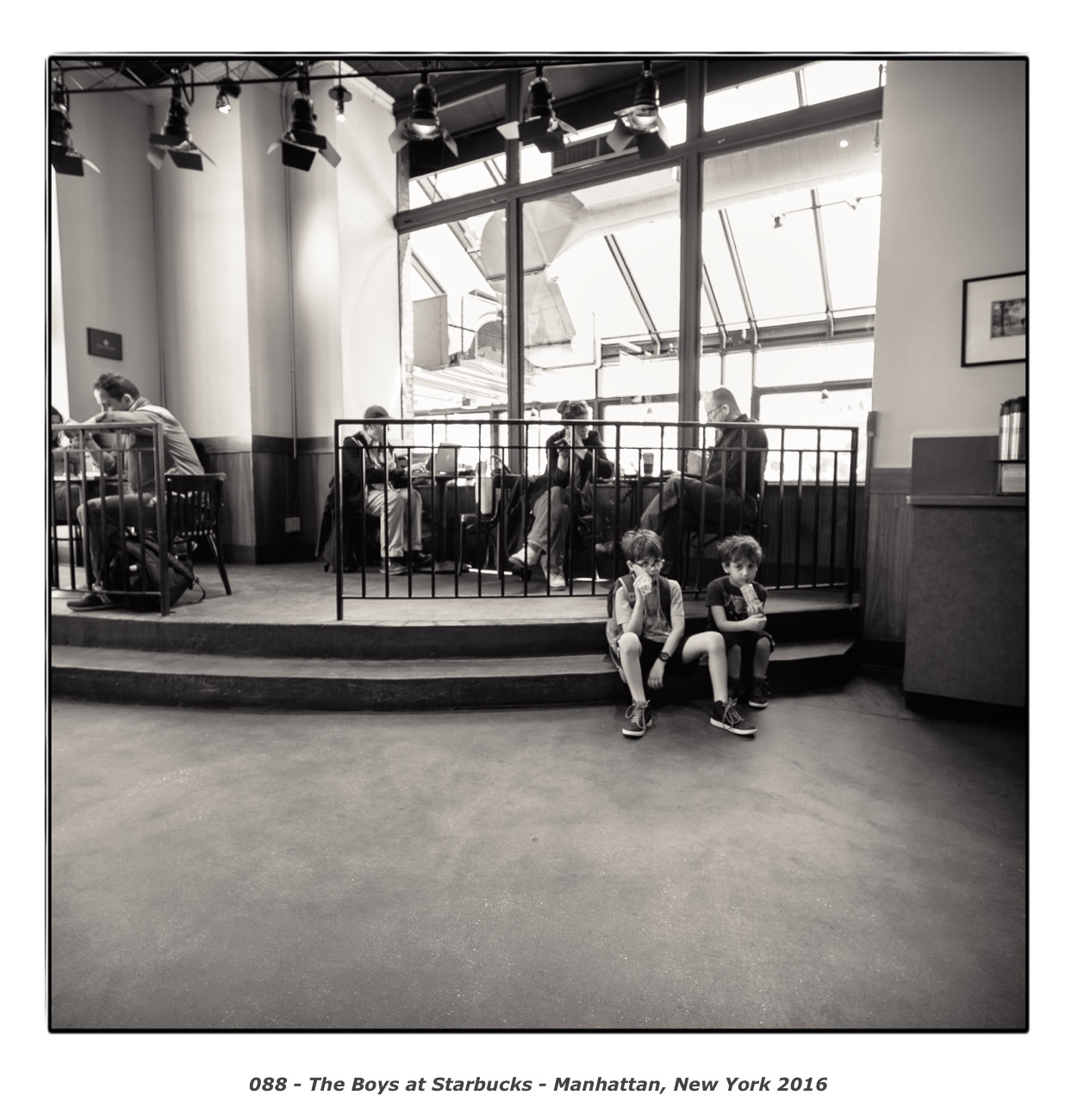You'll have to tell me which Voigtlander 16mm lens you are referring to that is $900 😕.
I don't know what the older I and II models of the Voigtlander 15mm f/4.5 Heliar sold for when introduced. I know now they can be purchased used for $300-350. I see the Leica WATE is currently $6300. It's hard to compare when there is such a vast chasm between the two in price. At 1/20th the price, it would probably be "good for the money" even if it imaged like a coke bottle. But being very sharp with virtually no distortion, I think it is better than "good for the money" and more like, very clearly illustrates what the Leica branding costs.
Please elaborate on how the Hologon was better than the Voigtlander. I am eager to hear it. I don't have one, and don't plan on getting one, when the Voigtlander is so good. It equals or beats my Nikkor 14-24mm f/2.8, which of course is a very different lens, but is/was considered one of the best full-frame ultrawides ever. I am genuinely curious, because generally the only thing I have seen online is that the Hologon has zero distortion while the Voigtlander might have the barest hint of barrel distortion. But like, the barest hint that would only be seen on a scientific test.
I don't have a 38mm Biogon but I do have a 75mm f/4.5 Biogon for 4x5. A favorite, except for the weight...
Okay:
Current NEW prices from BHPhoto $800 for the 15mm (I meant 15mm, 16mm was a typo) alone, just over $1000 for the 15mm plus its viewfinder.
https://www.bhphotovideo.com/c/product/1132488-REG/voigtlander_ba213m_heliar_15mm_for_4_5.html :: $799
https://www.bhphotovideo.com/c/product/754600-REG/Voigtlander_DA407B_Viewfinder_for_15_mm.html :: $209
or $900 for the 12mm alone, $1250 for the 12mm plus its viewfinder.
https://www.bhphotovideo.com/c/prod...335b_ultra_wide_heliar_12mm_f_5_6.html?sts=pi :: $899
https://www.bhphotovideo.com/c/product/725631-REG/Voigtlander_DA417B_12mm_Viewfinder_Black.html :: $344
When the Voigtländer Heliar 15mm lens was introduced, in 1996 or 1997, it cost me about $600 sans viewfinder IIRC; that would be a little over $900 in todays money. So its price hasn't changed by much.
When I bought the Zeiss Hologon 16mm f/8 T* (new, in 1998, including differential ND filter, viewfinder, and leather lens box), it cost me $2700. That would be $4200 in today's money. (Raid said he paid about $2000 for it, including the conversion cost ... A very good deal.)
A new WATE today costs $6300 when purchased with the Leica Universal Wide-Angle Finder. I paid $2900 for mine plus $500 for the finder, both used. So it was roughly about three times as expensive as your Voigtländer 12mm + finder is. That said, it's really three lenses for that price ...
When I tested the Hologon 16 on the Contax G2 vs the Heliar on the Leica CL in 1998, the differences were quite clear: the Hologon produced clear, excellently gradated, well defined image details right to the corners of the frame where the Heliar images seriously lacked definition past the 2/3-way distance from the optical center, and even on center the Hologon was substantially sharper with more contrast. The Heliar could not take a filter without adapting a filter holder and there is/was no matched ND filter to even out the illumination across the frame, whereas with the Hologon the matched differentially graded ND (2 stop) filter gave nearly perfect illumination across the entire frame. (BTW, that was the best of three Heliar 15s I'm reporting on: I returned two of them as being inadequately centered.)
I had no measure of rectilinear distortion to use, but it was obvious when I overlaid the photos of the same building with a grid-like pattern of windows that the Hologon produced truer parallels both vertically and horizontally. (The Hasselblad SWC is probably the king of distortion free ultra-wides..)
That said, the Heliar 15 outperformed both the Nikkor 15mm and the Canon 14mm lenses, available at the time, by a good bit; they weren't inexpensive either. And they made the Sigma 14mm of that era look like a Coke bottle bottom. That gives you an idea how good the Hologon was then... it was incredible, if limited use with an f/16 aperture when fitted with the ND filter.




